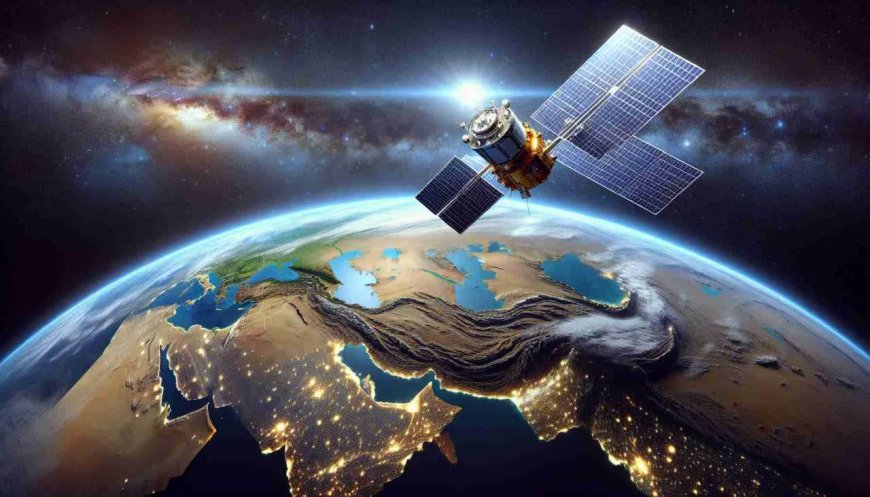Iran's Space Odyssey: Soraya Satellite Launches New Horizons
The successful launch of the Iranian satellite "Soraya" has made headlines across the globe. For the past few years, Iranian researchers have been diligently pursuing advancements in satellite technology, with this achievement representing yet another significant milestone in their scientific endeavors.

According to analysts, Soraya, positioned at 750 km, has the potential to remain in orbit for up to 10 years, depending on factors such as battery life and other system functionalities. This is considered a leap compared to the Noor 1, 2, and 3 satellites, which were placed in orbits of up to 500 km with a lifespan of 2 years each. This brings Iran's space program closer to conquering higher orbits, notably the geosynchronous equatorial orbit (GEO). With a weight of 50 kg, the Soraya is one of the heaviest operational satellites made in Iran.
One of the salient aspects of the Soraya satellite is its GPS positioning accuracy of 20 meters. This level of precision is a testament to Iran's growing expertise in satellite technology and opens new opportunities for the country's space program. By successfully connecting with the Earth and transmitting signals, Iran joins the club of a few countries capable of launching satellites and effectively communicating with them in space.
This achievement not only showcases Iran's scientific capabilities but also highlights its potential contributions to future space missions. As a matter of fact, the launch of Soraya generated a sense of pride in Iranian citizens, demonstrating Tehran’s commitment to pushing the frontiers of science.
While this achievement is undoubtedly significant, it has also caused alarm in the West about Iran's ballistic missile capabilities. The United States and other Western governments have expressed concerns and argued, albeit falsely, that the launch of Iranian satellites violates UN Security Council resolutions, claiming that the development of satellite rockets could accelerate Iran's plans for developing intercontinental ballistic missiles.
It is important to note that UN sanctions concerning Iran's ballistic missile program expired in October last year. Iran's space program, although subject to scrutiny, is a legitimate endeavor that solely aims to explore the Earth's atmosphere, weather patterns, and outer space phenomena, making it necessary to acknowledge Iran's rights as an independent nation to pursue peaceful space missions.
Iran's space program has come a long way in the past two decades. The successful launches of homegrown satellites with their unique receivers have shattered initial doubts and skepticism. While the goal of sending a satellite into an orbit of 36 thousand kilometers may seem ambitious, history has shown that what may seem impossible to Iranian scientists can be achieved with determination and perseverance.
In this regard, General Jafar Abadi, the commander of the Islamic Revolutionary Guard Corps (IRGC) Aerospace Force, stated that the Qased satellite carrier served as a first step for Iran to join the global space club. However, Jafar Abadi emphasized that the Qaem 100 represents the initial phase in the IRGC's roadmap for advancing the Qaem series of satellite carriers. The sequence will progress with Qaem 105, 110, and eventually Qaem 120. This progression aims to enable Iran to launch satellites into a 36,000-kilometer orbit.
In conclusion, the recent successful launch of the Soraya satellite by Iran is a significant milestone for the country's space program. It highlights Iran's scientific capabilities, its commitment to advancing space technology, and its potential contributions to future scientific missions.













































